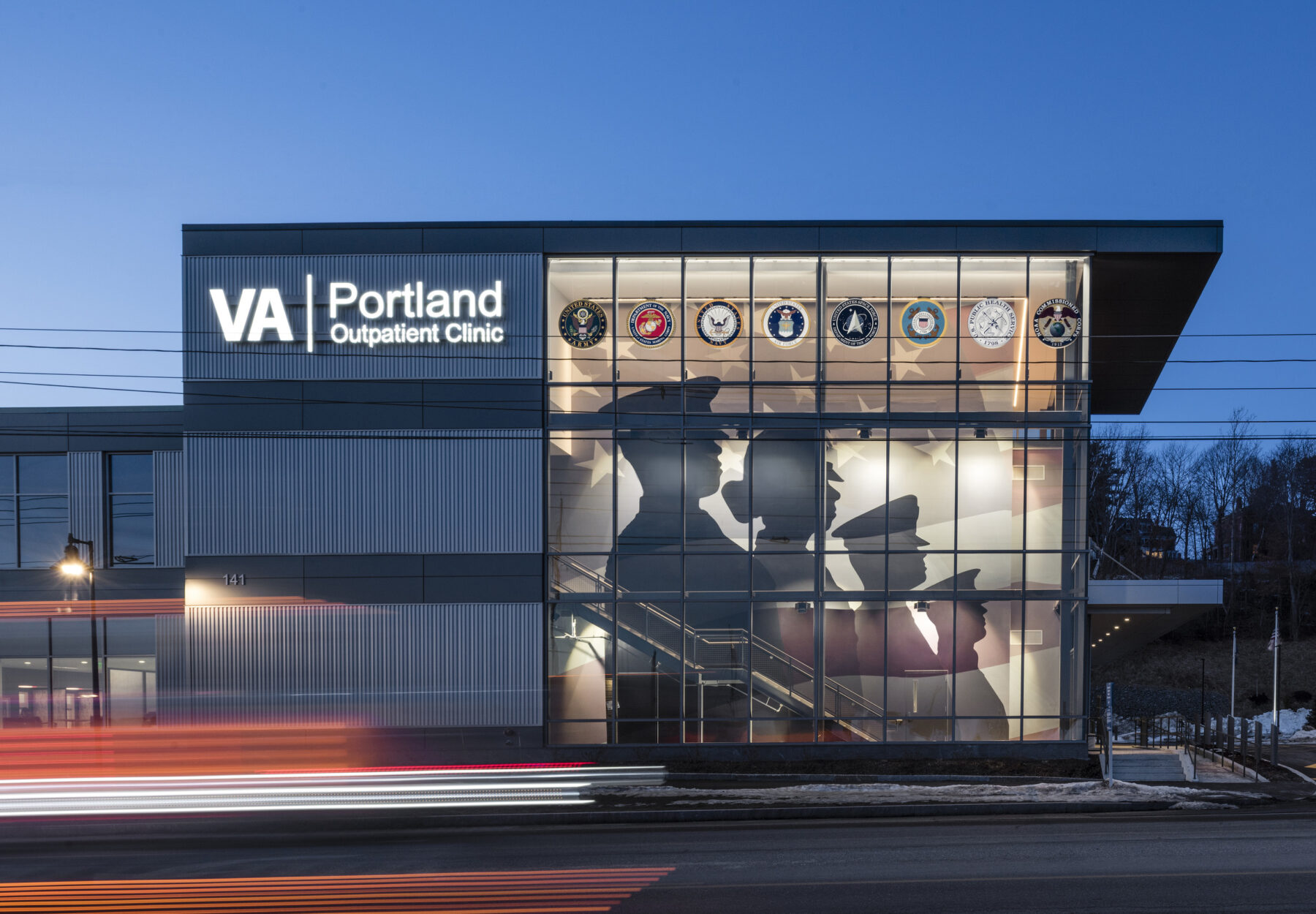Event
Healthcare Facilities: Innovations in a World of Templates: Case study of two VA CBOCs (Virtual)

-
COST
Free for BSA members, $10 General admission. Learn more about membership options here
-
TYPE
CEs
-
AUDIENCE
Professionals
-
ACCREDITATIONS
1 LU/HSW AIA credit available.
Planning a community-based healthcare facility requires careful thought and consideration for the population and location it serves. The U.S. Department of Veterans Affairs CBOC program (Community-Based Outpatient Clinic) is a nationwide effort to deliver easier access to comprehensive healthcare for the veteran community. The goal of these facilities is to offer 90% of the services they need in a convenient location that is close to home. The plans are based on Patient-Aligned Care Teams (PACT) planning templates in which a team-based model of healthcare professionals work collaboratively with veterans to provide and coordinate their healthcare needs.
This session explores two VA CBOC projects that were awarded through the Request for Lease Process (RLP). They were built concurrently with the similar programs, but they were designed and built with different project delivery methods and budgets. The teams needed to utilize VA templates and standards, achieve Green Globes certification, and provide a mindful, accessible environment of care focused on the values and needs of veterans and their families.
In Worcester, Massachusetts the CBOC project was a 58,750 square foot tenant space (within a new 116,000 SF Medical Office Building) in the heart of the University of Massachusetts Chan Medical School campus which includes the UMass Memorial Medical Center. The project was structured as a design build partnership between the design team and contractor (Suffolk Construction), allowing the owner (UMass) to make value decisions throughout.
In Portland, Maine the CBOC project was a 62,500 square foot clinic developed by FD Stonewater, an industry expert in the delivery of build-to-suit leases for the government sector. The design team and contractor worked directly for the developer.
Both projects achieved the design goals and met the requirements by the VA within the same timeline, but the outcomes and methodologies are unique. Those considering alternate project delivery methods will be able to discern what may work best for their organization.